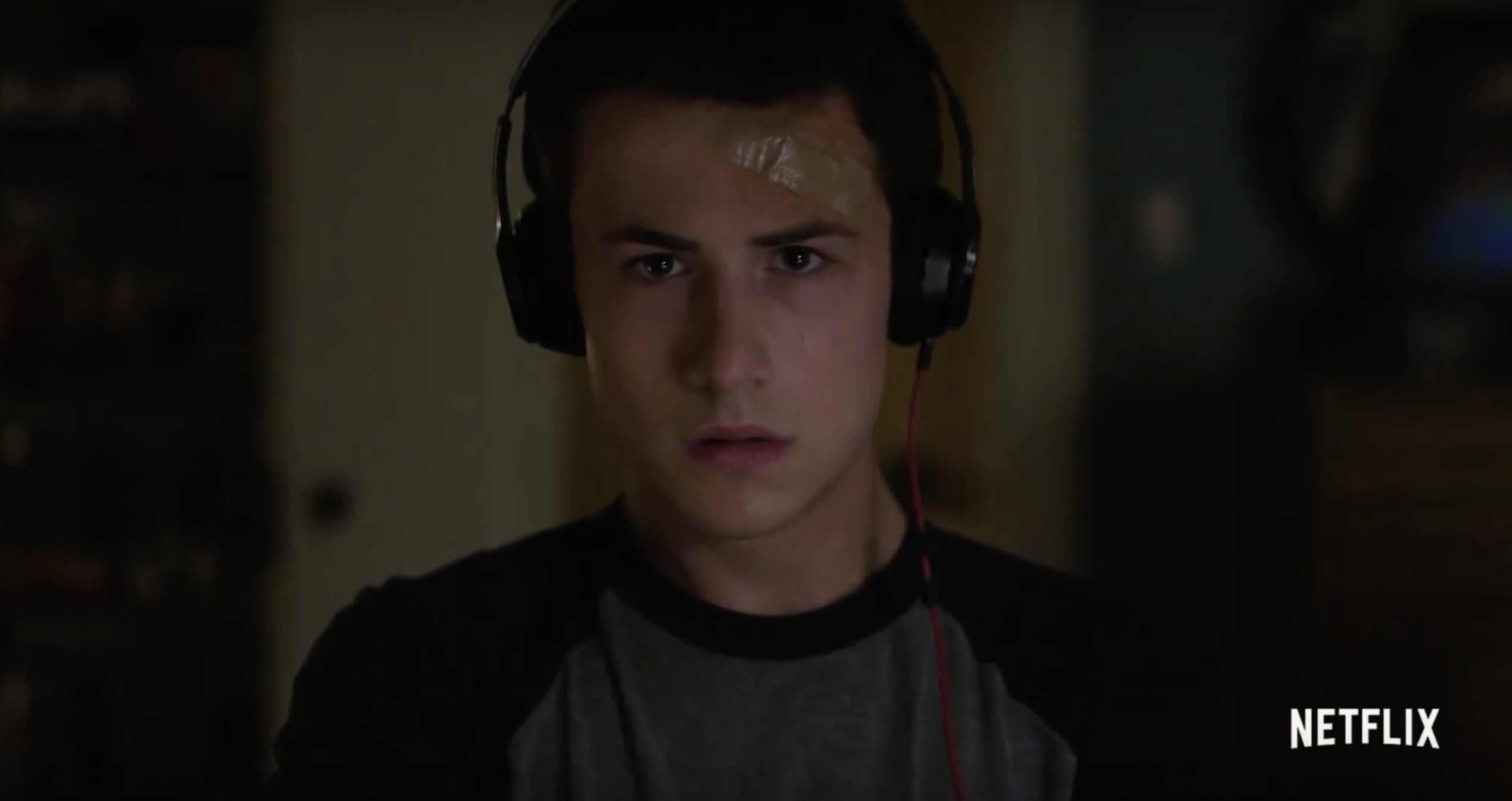‘13 Reasons Why’ Dangerously Depicts Suicide as a Valid Solution

Image courtesy of Netflix US & Canada via Youtube / CC BY-NC 2.0
Netflix’s original series “13 Reasons Why” premiered March 31st and has since created a lot of debate. At the center of the discussion about the series is its intensely graphic depiction of rape and its handling of the theme of suicide, which is shown as a possible answer to mental health issues.
At the center of the show is the suicide of a teenage girl by the name of Hannah Baker. Before ending her life, Hannah has recorded 7 tapes, sides A and B, making a total of 13 recordings. Each of them is addressed to one person in Hannah’s life and tells the story of how this person has influenced her decision to take her own life. Each person played a part in driving her over the edge: some of them gave her a small nudge, others a savage push, but in the tape’s narrative, each of them seem equally guilty.
What “13 Reasons Why” does well is demonstrate the small, often unconscious ways that human beings hurt each other, and the often overlooked impact these cuts and scrapes can have, especially on young and isolated beings. One of the things the show has faced backlash for is its very visual handling of some of the traumas inflicted on two of its female characters. The scenes showing the very graphic rape of teenage characters Jessica and Hannah and Hannah’s blood-filled suicide have been called out for being gratuitous and too shocking for a young audience. The visceral reaction the content calls for arguably has one merit: it does not brush over the issues at hand. The horrendous physical reality of suicide and its scarring consequences are made very clear, which is in fact what was intended by the writers of the show. The same could be said in defense of the rape scenes that make the horror of abuse undeniable, but in this case, it can be supposed that only a very small portion of the audience is in true need of the reminder. Highly triggering scenes of this nature are likely to do more harm than good to the show’s intended audience.
One of the people on Hannah’s tapes is Clay, a quiet teenager very much in love with Hannah and confused at the prospect of being blamed for her suicide. Clay constitutes the main point of view of the season. Because of this, the show gains an instant point of interest: the viewer is just as curious as innocent little Clay himself to find out what he could possibly have to do with the event. His story is one of the last to be told in the season. If for no other reason, this forces the viewer to stay hooked through the sad and frustrating tales until the many questions start being answered.
This setup can lead to a feeling of irritation toward the gloomy narrative, and, subsequently, its narrator. A sense of powerlessness is unavoidable as the sand slowly trickles down the hourglass to Hannah’s inexorable fate. This melds together with a sense of protectiveness toward some of the people targeted by Hannah. The sense that she is trying to make people feel guilty for her action ends up provoking conflicting feelings toward a character who one should only feel compassion for if the story was to truly work.
Her suicide essentially comes off as a power play: she is taking her suffering into own hands by ending it, while spreading blame even to people who have actually been decent to her (this is the case for Clay). And ultimately, the game she plays with her schoolmates seems to be largely successful: most of the characters are riddled with remorse upon hearing the tapes. This is a problematic characterization of someone overcoming abuse and taking charge of her narrative: her decision to end her own life becomes the “empowering” option. What is truly dangerous about “13 Reasons Why,” and the crux of the charges against the show is its representation of suicide. While shown in all its gruesome physicality and sorrowful emotional impacts, the act is also glamorized as a real and satisfying solution to mental health issues and maltreatment by your surroundings. Hannah is portrayed as a beautiful, intelligent angel helping her schoolmates reach a sort of enlightenment.
The show follows in a centuries-long line of suicide-embellishing stories. Because this type of narrative isn’t new, we have learned that it can have dire consequences: suicides by glamorous celebrities’ or popular fictional characters have sadly inspired copycats in the past. The in-depth, optimistic exploration of suicide delivered to the teenagers watching “13 Reasons Why” is therefore profoundly unsettling and may have the opposite effect from what was intended with its creation.
While “13 Reasons Why” could have been a thoughtful approach to the theme of suicide including a message of empathy and caring, the main storytelling device it relies on becomes its undoing, as it is flawed on two levels: it makes the story stagnant and bleak, and the story’s only moments of emotional release end up playing like part of a revenge plot orchestrated by an all-knowing martyr, a plot device that ultimately romanticizes the notion of suicide.




